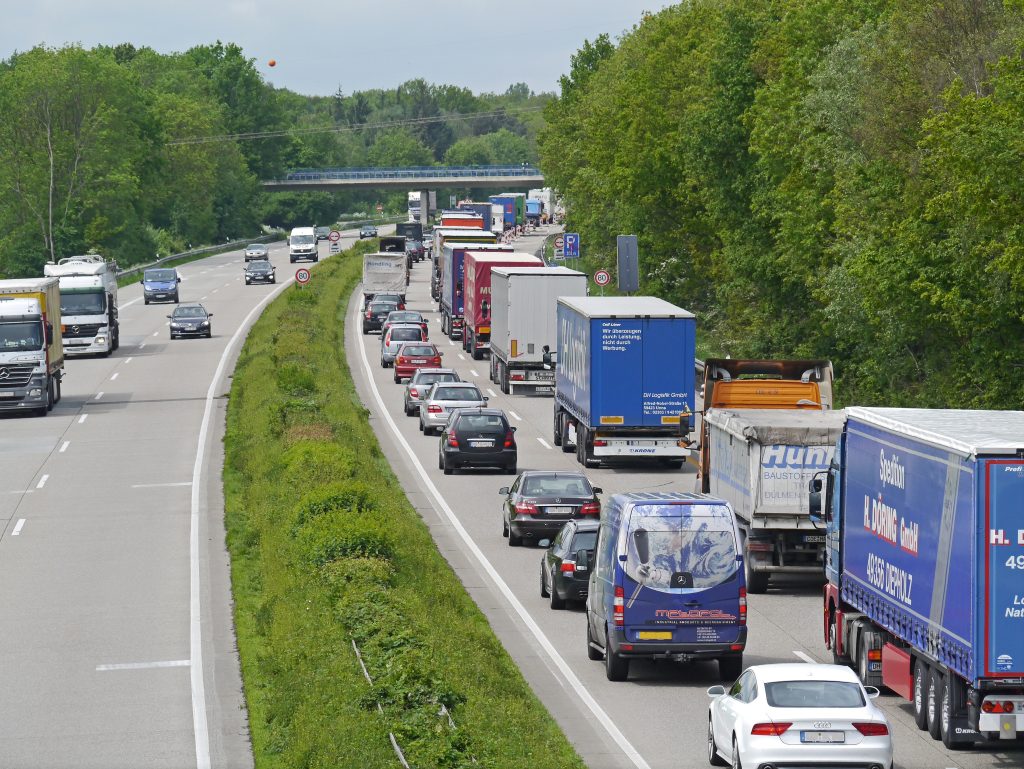 As the weather gets nicer across the country, millions will travel to destinations near or far. Unfortunately, with this increase in traffic, accidents will occur due to the negligence of drivers. But what happens when the roadway’s integrity and safety come into question? Can the state be held liable for a highway’s defects? – The following lawsuit out of Morgan City, Louisiana, helps answer that question.
As the weather gets nicer across the country, millions will travel to destinations near or far. Unfortunately, with this increase in traffic, accidents will occur due to the negligence of drivers. But what happens when the roadway’s integrity and safety come into question? Can the state be held liable for a highway’s defects? – The following lawsuit out of Morgan City, Louisiana, helps answer that question.
Mariah Schouest and Nicole Smith were good friends who lived and worked in Houma, Louisiana. They enjoyed going on long drives where they would listen to music and talk for fun. Typically, they would drive on Highway 90 toward New Orleans, but on this particular road trip, they decided to go West toward Morgan City.
Schouest was driving while Smith was sitting in the passenger seat. Having been on the road for some time, Schouest stopped at the gas station on the left since it was getting dark. To get there, she slowed her vehicle, flicked on her turn signal, and began to turn into the median. Unfortunately, before she could turn, the car was hit from behind by a pickup truck driven by Joshua Landry. Smith sustained a severe brain injury as a result of the crash.
In the ensuing lawsuit, Smith’s mother served as Smith’s curatrix after Smith was interdicted (official instruction from a law court telling someone they are not allowed to do something). Thus, Smith’s mother, Thea Smith, sued the Louisiana Department of Transportation and Development (DOTD), Landry, and Landry’s insurer. The DOTD was being sued because they failed to provide an adequate turning lane and warning signs for left turners. At trial, the jury returned a verdict in favor of Smith with damages totaling $8,406,550.00. DOTD was gauged to be 70% at fault, 20% of the fault lay with Landry, and the remaining 10% lied with Schouest, who was not named in the lawsuit.
The DOTD challenged the trial court verdict on three counts. 1.) the DOTD claimed they shouldn’t have been held liable, 2.) Alternatively, the DOTD claimed the jury made an error in assigning 70% of the blame to the DOTD, and 3.) the jury awarded excessive damages when considering future lost earnings. The appellate court only considered the second and third questions raised.
To establish DOTD’s liability for the roadway, Smith had to prove 1.) DOTD had custody over the highway, 2.) the road was defective due to a condition that made it have an unreasonable risk of harm, 3.) DOTD had some notice about the condition and failed to correct the defect, and 4.) that defect was the cause of Smith’s injuries. See Cormier v. Comeaux. If Smith failed to establish any of these elements, the case fails. See Netecke v. State ex rel. DOTD.
Regarding the first element, the appellate court noted it was undisputed the DOTD was the custodian of the roadway. The court then turned its attention to the second issue: whether there was a defective condition to the road that created an unreasonable risk of harm. By law, the DOTD has a duty to keep the state’s highways and roads in reasonable condition. See Lee v. State, Department of Transportation and Development. In this case, the plans for Highway 90 indicated the roadway were entirely consistent with standards set by the American Association of State Highway and Transportation Officials (AASHTO). For example, left-turn lanes to medians were not required when this highway was constructed. In addition, the lack of warning signage on the highway was not a violation either. The Manual on Uniform Traffic Control Devices (MUTCD) states that warning signs at intersections are discretionary in cases like this one.
Therefore, the appellate court found the trial court’s decision to hold the DOTD liable erroneous. Reviewing the facts, the court further determined Landry primarily caused the crash, as he performed a passing maneuver in a large 18-wheeler at night while coming upon a cross-over where he had seen “close calls” before while setting his cruise control. Accordingly, the court reallocated 90% fault to Landry and 10% fault to Schouest, with all legal fees of the appeal to be paid by Landry.
This case illustrates how complicated and difficult it may be to hold the state liable for roads that may have complied with regulations years or even decades ago. Take heed to find an expert attorney before pursuing a case of this nature.
Written by Berniard Law Firm Writer: T.J. Reinhardt
Other Berniard Law Firm Articles on the DOTD’s Liability: Can the Louisiana Department of Transportation Be Found Liable for a Car Accident?
 Louisiana Personal Injury Lawyer Blog
Louisiana Personal Injury Lawyer Blog

